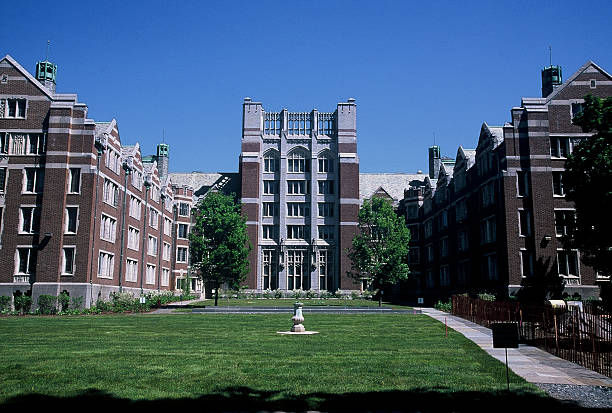For many graduating high schoolers this year, the college application process has already been complicated by the Department of Education’s setbacks with financial aid forms. For those applying to private universities, the question of cost has been added to the equation of college admission.
Numerous private colleges, some of which are considered ‘elite’ and some being ‘middle-of-the-pack,’ have exceeded the $90,000 threshold for the first time this year as they set their annual costs for tuition, room and board, meals, and other expenses.
Wellesley is one of the universities where the costs for wealthier students will exceed the $90,000 limit for the first time this Fall, with an approximate annual cost of $92,000. However, the institution has indicated that about 60% of its students will receive financial aid, with the average amount of distributed aid reportedly being $62,000, which would reduce the costs by two-thirds. Nevertheless, those students would probably have received financial aid before this latest price hike.
In recent years, many colleges with considerable endowments have tried to make schooling more affordable for students with lower-income backgrounds. Certain families or guardians may be required to pay just 10% of the advertised rate, though this is more applicable to students who are academically exceptional. The reality is that the numbers of those who qualify for both low income and the academic excellence discount are very small. The vast majority of applicants will be paying close to the advertised tuition rates.
“Ninety thousand dollars clearly is a lot money, and it catches people’s attention, for sure,” said a professor of economics at Wellesley College, Phillip Levine. “But for most people, that is not how much they’re going to pay. The existence of a very generous financial aid system lowers that cost substantially.”
Yet, prospective students are facing significant delays and stress during the financial aid process this year, as due to major issues with the rollout of a new US DOE online form that was supposed to make applying for financial aid easier, certain students still don’t know how much financial support they will be receiving. Many colleges rely on this form for information used to determine how much aid they will offer to students.
“The rollout has been pure chaos and an absolute disaster,” Kantrowitz said.












